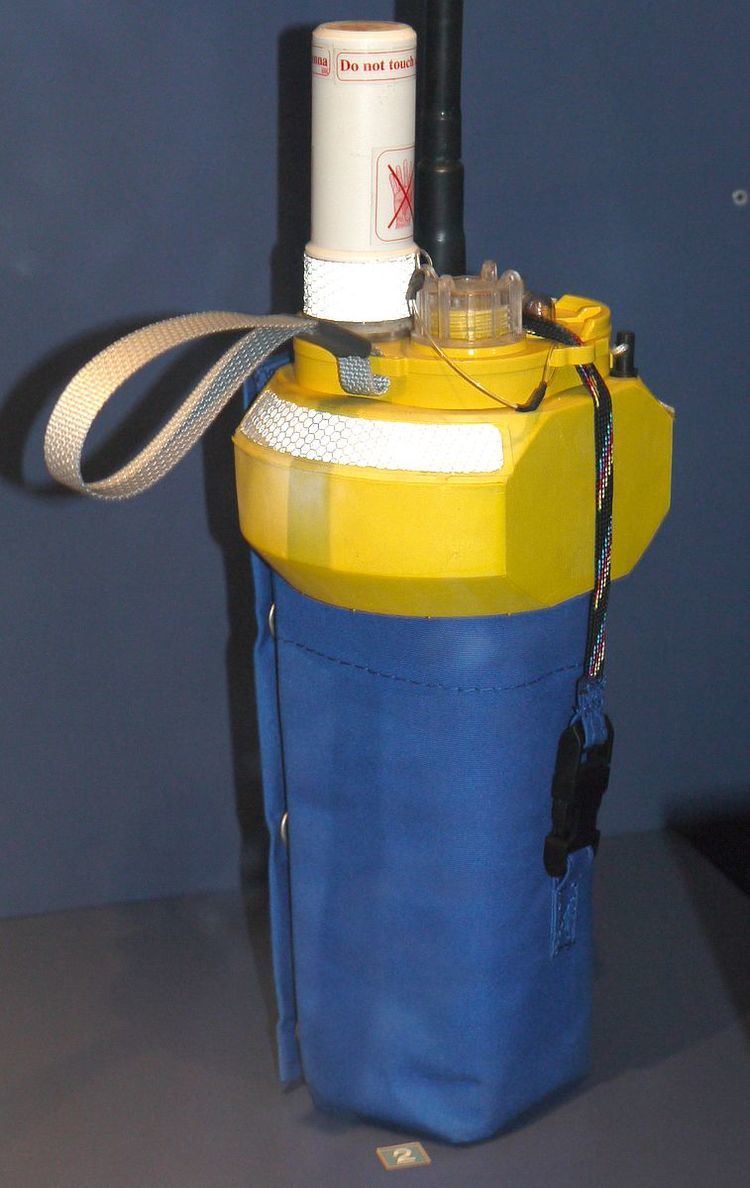 | ||
Argos is a satellite-based system which collects, processes and disseminates environmental data from fixed and mobile platforms worldwide. What makes Argos unique is the ability to clearly geographically locate the source of the data anywhere on the Earth utilizing the Doppler effect.
Argos was established in 1978 and since that time, it has provided data to environmental research and protection communities that, in many cases, was otherwise unobtainable. The system is fully proven and highly reliable. Many remote automatic weather stations report via Argos. Argos is a key component of many global research programs including: Tropical Ocean-Global Atmosphere program (TOGA), Tagging of Pacific Pelagics (TOPP), World Ocean Circulation Experiment (WOCE), Argo, and others. There are currently 22,000 active transmitters, 8,000 of which are used in animal tracking, and over 100 countries utilize the Argos system.
Since the late 1980s Argos transmitters have routinely been deployed on a large number of marine mammals and sea turtles and it continues to serve as the most important tool for tracking long distance movements of both coastal and oceanic species. Through upload of data from, for example, pressure transducers, it has also been possible to obtain a wealth of knowledge about dive and foraging behavior from unrestrained animals in the wild.
Argos was developed under a Memorandum of Understanding (MOU) between the Centre National d'Etudes Spatiales (CNES, the French space agency), the National Aeronautics and Space Administration (NASA, USA) and the National Oceanic and Atmospheric Administration (NOAA, USA).
The system utilizes both ground and satellite-based resources to accomplish its mission. These include:
This fully integrated system works to conveniently locate and deliver data from the most remote platforms to the user's desktop, often in near real-time.
Argos is operated by CLS/Argos, based in Toulouse, France. CLS has a subsidiary in the U.S., CLS America, Inc. These companies together operate the system and promote its use.
Operating Agencies
The Argos satellite-based system was set up by:
Recent partners in this international cooperative venture are:
